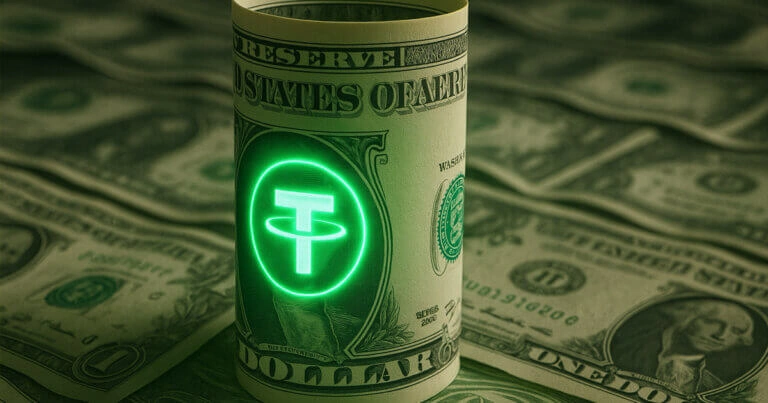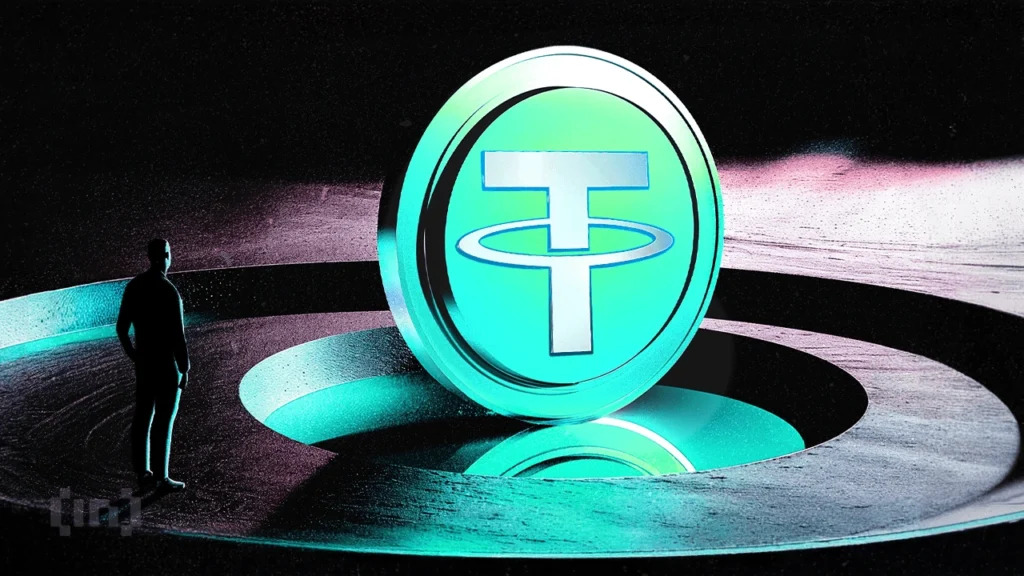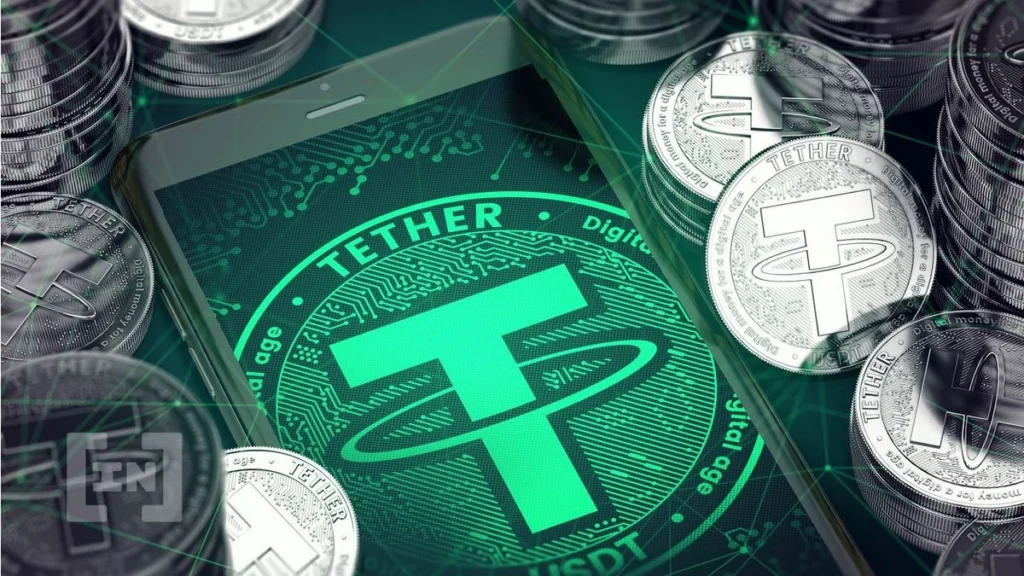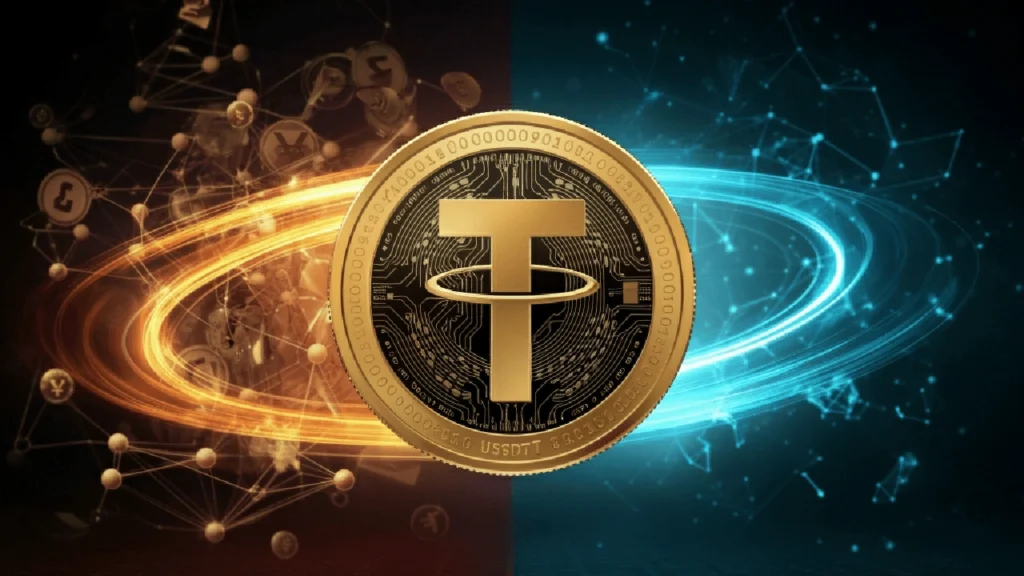Top Reasons the USDT Peg Mechanism Holds—Even in Crypto Chaos
USDT Peg Mechanism: 5 Core Reasons It Still Works
Let’s be honest—if you’ve ever wondered how Tether (USDT) keeps that 1:1 ratio with the U.S. dollar, you’re not alone. The USDT peg mechanism gets tossed around in crypto conversations all the time, but many people still treat it like black magic. So… is it?
Well, not exactly. Let’s break it down by looking at the five main reasons why this mechanism has managed to hold—despite some shaky moments and lingering doubts.
1. USDT Peg Mechanism is (Mostly) Backed by Reserves
At the heart of the USDT peg mechanism is one big idea: each token is backed by assets.
We’re not just talking about stacks of cash, though. Tether’s reserves include things like U.S. Treasury bills, some corporate debt, and previously, even commercial paper. The exact mix has evolved—partly due to scrutiny—but the point remains: there’s something behind those digital dollars.
Sure, not everyone is convinced these reserves are always sufficient or liquid. But Tether does publish periodic breakdowns (audits? not quite…), which keep just enough transparency to sustain market confidence.

2. Redemption Pressure Keeps It in Check
Redemption is where theory meets practice—and big players keep things honest.
If you’re a large institution or verified customer, you can redeem your USDT directly for real dollars from Tether Ltd. This redemption option creates natural pressure: if the price of USDT ever drops below $1, eligible traders can scoop up cheap tokens, redeem for full value, and profit. That kind of arbitrage doesn’t just make money—it keeps the peg close to target.

The average user? They’re mostly swapping USDT on exchanges. But the mechanism behind the scenes still affects everyone.
3. Arbitrage—The Invisible Hand of Stability
Let’s be real—economic incentives do more than promises ever could.
Here’s the magic sauce: arbitrage trading. If USDT falls to $0.98, some sharp trader is going to buy in bulk, redeem, and pocket the difference. If it hits $1.02, others will mint new USDT, sell it off, and ride the profit down.
This push-pull action is what really stabilizes the peg. It’s not a perfect science—there have been dips—but the price usually bounces back fast. It’s not magic. It’s math (and a little bit of greed).

4. Market Trust—That Intangible but Critical Factor
Without trust, none of the above would matter.
Despite controversies, legal battles, and transparency issues, people still trust Tether. Why? Maybe because it’s been around the longest. Maybe because it handles billions in trading volume daily. Or maybe—just maybe—because it’s still functioning when others have stumbled.
In 2022, during a massive crypto downturn, Tether redeemed over $10 billion in a matter of days. That’s not just a number—that’s performance under pressure. It proved that when people cashed out, there was actual liquidity to meet them.

5. Network Effects and Inertia
Sometimes, the thing that keeps something alive… is the fact that it’s already everywhere.
USDT is accepted on almost every major exchange, used in DeFi, and sits in countless crypto wallets. That kind of ubiquity matters. When everyone’s using something, the momentum alone helps maintain its dominance—and yes, its peg.

Other stablecoins might have better audits, more regulation, or newer tech. But USDT has the head start and the trust (however fragile) of the market. That’s harder to replace than you’d think.
Final Take: The USDT Peg Mechanism Works—But It’s Not Unbreakable
So, what really keeps Tether pegged to the dollar? A messy, weird blend of reserves, redemption options, arbitrage behavior, trust, and plain old market inertia. The USDT peg mechanism isn’t foolproof—there’s no magic contract holding it together—but so far, it’s done the job.
Maybe the most surprising thing? It’s not just about money. It’s about belief, perception, and a system that hasn’t broken… yet.
Relevant news: USDT Peg Mechanism: The Good, the Bad, and What You Should Know




